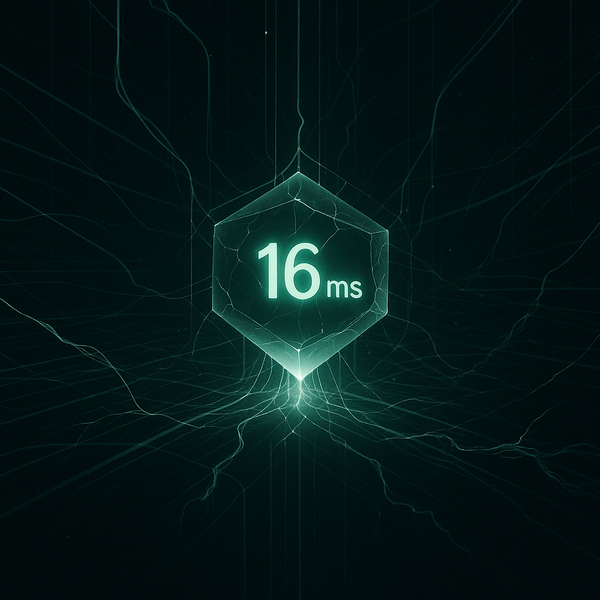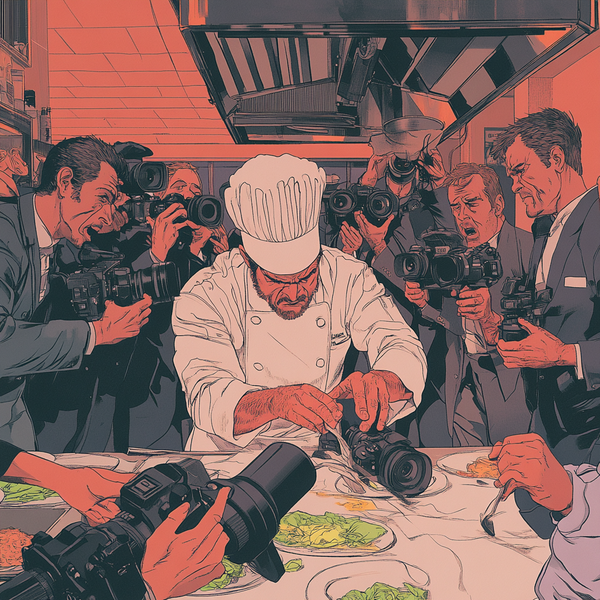
Player Experience
Let the Browser Do the Heavy Lifting
Most slowdowns in an SPA come from one place. Too much work ends up hanging off a single thin thread inside the browser, and the moment it strains, the whole product feels it.
How the product feels in the hand, not just what lab graphs say. Frame budgets, jank hunting, offline seams, cold starts, and the small UI choices that decide trust. We look at perceived speed, device constraints, PWA vs native trade offs, and the habits that make real users stick around.

Player Experience
Most slowdowns in an SPA come from one place. Too much work ends up hanging off a single thin thread inside the browser, and the moment it strains, the whole product feels it.

Player Experience
Sometimes the things that once made sense deserve another look.

Engineering Culture
Why the freedom that makes the web powerful also makes it fragile.

Player Experience
Why borrowed milliseconds cost more than they seem.

Player Experience
Real speed and perceived speed are the same thing. If it feels slow, it is slow.

Player Experience
A healthy system creates space to rise, and has the strength to let go.

Player Experience
Choice beats compromise.

Player Experience
The web has caught up. PWAs and TWAs now deliver apps that feel native, run faster, and update instantly - while still leaving space for native SDKs where they matter. On Android especially, it’s time to move beyond WebViews.

Player Experience
Waiting times are down by a third. You would not guess it from the numbers. That is the paradox at the heart of this story.

Player Experience
Passive observers are meant to watch, not slow the service. Trackers promise insight, but can often triple response times and leave players waiting.

Player Experience
The rise of PWAs and TWAs doesn’t make native redundant — it sharpens its purpose. Native still matters where the web can’t reach: the lock screen, widgets, ecosystem SDKs, and the moments that weave your app into players’ daily lives.

Player Experience
SSR buys a fair beginning; the rest is still up to the app.